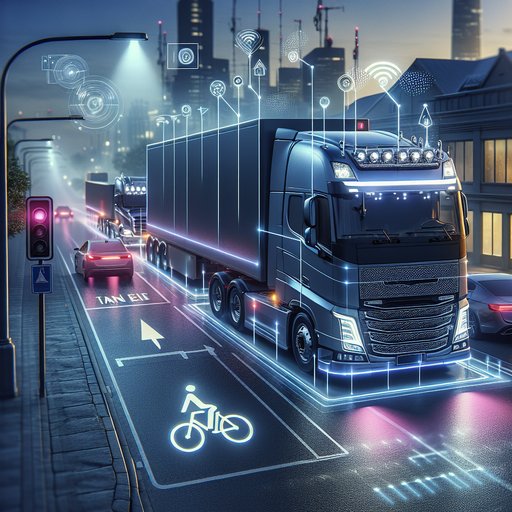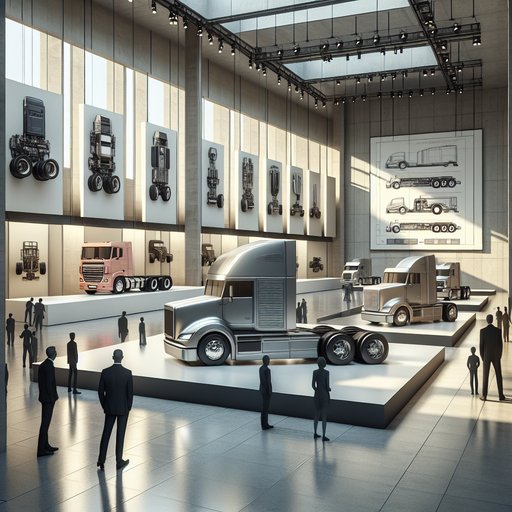
Major truck manufacturers spent the past year turning blueprints into concrete progress on the factory floor, with plants in Europe and North America retooled for cleaner drivetrains and more efficient long-haul models. In 2024, new CO2 rules in the EU and tougher U.S. emissions standards sharpened timelines, pushing serial production of battery-electric heavies while safeguarding diesel productivity for core routes. The result is a wave of line conversions, supplier localization, and battery investments designed to shorten lead times and stabilize costs. From Wörth and Munich to Ghent, Ulm, Eindhoven, and Virginia, the upgrades aim to move pilots into volume and give fleets clearer delivery dates, warranty support, and charging or hydrogen service plans.

From blind‑spot radars to automatic emergency braking, safety tech in heavy trucks is moving from optional to expected. This week, fleet managers across Europe are finalizing 2026 orders to align with incoming EU rules that require front and side detection for vulnerable road users, while Australian buyers are preparing for the first phase of an AEB mandate to kick in late this year. North American carriers, anticipating federal action, continue speccing collision‑mitigation suites as standard on new Class 8 tractors. The result is a measurable shift: fewer urban sideswipes, fewer high‑speed rear‑end crashes, and more proactive maintenance driven by data rather than luck.

From grocery staples to factory parts, heavy cargo trucks are the keystone that turns global trade into daily deliveries. This week, fleets enter the annual Q4 ramp-up with extra night runs, high-capacity trailers, and precision dispatching to keep shelves stocked. Behind the scenes, telematics, predictive maintenance, and digital documents are shaving minutes at docks and hours at borders, turning reliability into a competitive advantage. With new energy infrastructure coming online and regulators digitizing paperwork, big rigs are moving more freight with fewer delays—often unnoticed, until something isn’t there.

Across Europe and the U.S., museums and industry forums have been reframing heavy cargo trucks as industrial design icons rather than mere workhorses. In recent months, permanent galleries and traveling programs have spotlighted cab architecture, aerodynamics, and human‑machine interfaces alongside heritage rigs that defined freight eras. The shift coincides with new regulations and powertrains reshaping how trucks look and feel on the road, giving curators and designers timely material to discuss form, function, and cultural impact.











